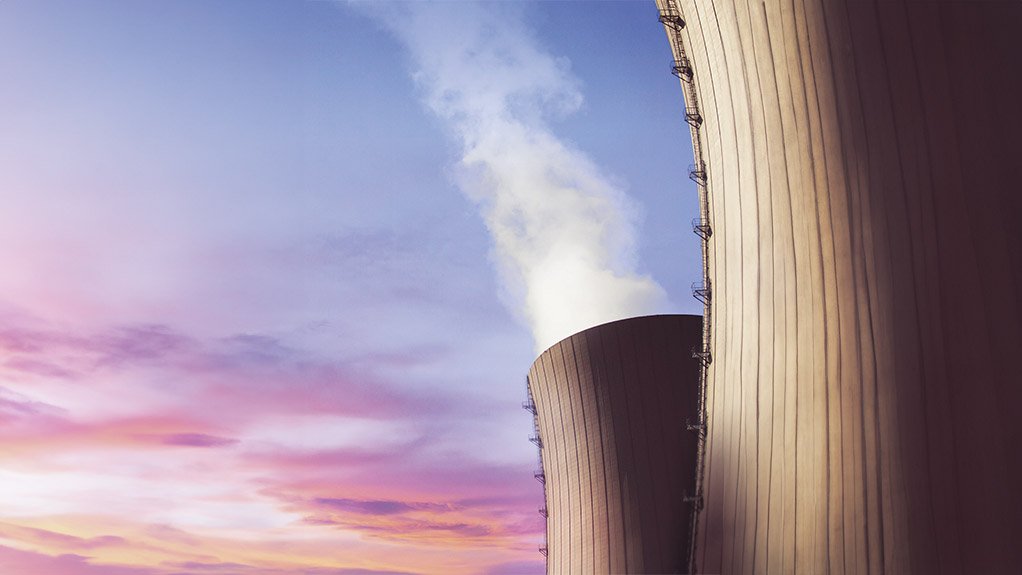At Astron Energy, we don’t accept the status quo, particularly when challenges are industry-wide and costly. We sat down with Astron Energy Technical Specialist Faiz Regal to find out which big innovation solutions have been developed for the energy sector.
Q. What is one of the biggest challenges that the energy sector faces given its reliance on equipment like turbines, hydraulic systems and compressors?
A significant challenge the energy sector faces is the build-up of varnish in lubrication systems. Varnish is a sticky residue that leads to system control valve malfunctions, blockages in lubricant galleries and filters, plus increased bearing friction and heat.
Varnish is caused by oil degradation and primarily through oxidation. Oxidation happens naturally in all lubrication systems due to the presence of oxygen. The oxidation process is accelerated by high temperatures. Excessive system heat is one of the most common triggers. Although lubricant manufacturers use antioxidants to inhibit oil oxidation and extend lubricant life, these antioxidants are gradually used up. For quite some time as the oil gradually degrades and impurities begin forming, these impurities remain dissolved in the oil and do not cause any harm. As more and more accumulate, they begin to condense and polymerise together forming insoluble, suspended submicron particles. The problem is that these deposits are not collecting at the bottom of tanks but are moving throughout the system instead. Ultimately, these particles become electrically attracted to metal surfaces. When they start sticking to those surfaces, they become tacky varnish that blocks up systems. Varnish is a wide-ranging term encompassing various types of deposits in oil systems.
A great explanation on how varnish is formed comes from article in Machinery-Lubrication by Jim Fitch from Noria Corporation: “The products of lubricant degradation are called sludge and varnish. These products start in the dissolved form and accumulate until the lubricant reaches its capacity, referred to as
the saturation point, forcing any excess to convert into insoluble degradation products. In certain instances, deposits form on machine surfaces at the exact location where the oil has degraded. In other cases, the oil degrades in one location, but the insoluble degradation products are carried elsewhere by the moving fluid forming deposits on surfaces. Over time, some deposits can thermally cure to a tough enamel-like coating.”
Q. What is the significance of varnish in the energy sector?
The role of turbine oil under ideal circumstances is to lubricate and cool bearings while protecting the system against rust, corrosion and harmful deposits. Since turbine equipment is normally used in key applications, the reliability of rotating machinery and its lubricant is critical. Over time, varnish seriously impedes these functions causing a range of reliability concerns as mentioned above, including increased component wear, valves seizing and sticking, inefficient heat exchangers and overheating of journal bearings, as well as reduced lubricant, filter and seal life.
This makes the process inefficient and reduces the lifespan of components and the lubricant. When you consider that a single turbine oil tank could hold 60 000 litres of oil, having to potentially dump this oil prematurely comes at an extremely high cost.
Q. How can businesses determine if they have varnish in their systems?
Varnish can be very difficult to detect. Most operators have an oil analysis programme to check for contaminants in the oil, but standard oil analysis tests may not indicate varnish even if it is present. However, incorporating oil analysis tests such as the RULER test - which monitors the depletion of antioxidants and Membrane Patch Colorimetry (MPC) - which measures the creation of varnish-forming oil degradation products - will measure the precursors of varnish.
The combination of a quality oil and a fit for purpose oil analysis program will pay back in the form of increased oil life and greater plant reliability.
Q. How has varnish traditionally been treated?
A common traditional method of varnish removal is chemical cleaning, which requires that the system is shut down and chemicals are used to flush the system. The chemicals soften the varnish which is then flushed and captured through fine filters. This process can be time consuming. The system then needs to be flushed again to remove all traces of chemical and contaminants that may contaminate the new charge of lubricating oil.
The requirement that the system be shut down is problematic and alternative solutions that can alleviate this are desirable.
Q. Astron Energy is committed to finding innovative solutions for client challenges. What is the solution for varnish?
Chevron has developed a product called VARTECH™ that has completely revolutionised how businesses can combat the challenges presented by varnish. VARTECH™ comes in two products, VARTECH™ ISC (Industrial System Cleaner) – a concentrate deposit cleaning product and GST Advantage RO with VARTECH™ – premium turbine oil with VARTECH™ technology that inhibits varnish formation.
For customers who are nearing a routine maintenance cycle which includes an oil change, the VARTECH™ ISC concentrate can be added directly to the oil in use during operation to clean a system of varnish and sludge deposits before a scheduled oil change. It helps prepare the system for optimum performance of a new, fresh oil charge, preferably by using our Caltex GST Advantage RO with VARTECH™. This significantly reduces downtime.
Thereafter, GST Advantage RO with VARTECH™ will prevent varnish build up from taking place as a matter of course while the equipment is operational. This keeps the entire system running optimally and ensures the full lifecycle of oil. The cost saving benefits are extremely high.
Q. Are future applications for VARTECH™ planned?
Absolutely. Chevron are in the process of testing and developing VARTECH™ for other applications, that also suffer from varnish. Widespread adoption of VARTECH™ will significantly reduce both planned and unplanned equipment shutdowns.
Edited by: Creamer Media Reporter
EMAIL THIS ARTICLE SAVE THIS ARTICLE
ARTICLE ENQUIRY
To subscribe email subscriptions@creamermedia.co.za or click here
To advertise email advertising@creamermedia.co.za or click here













